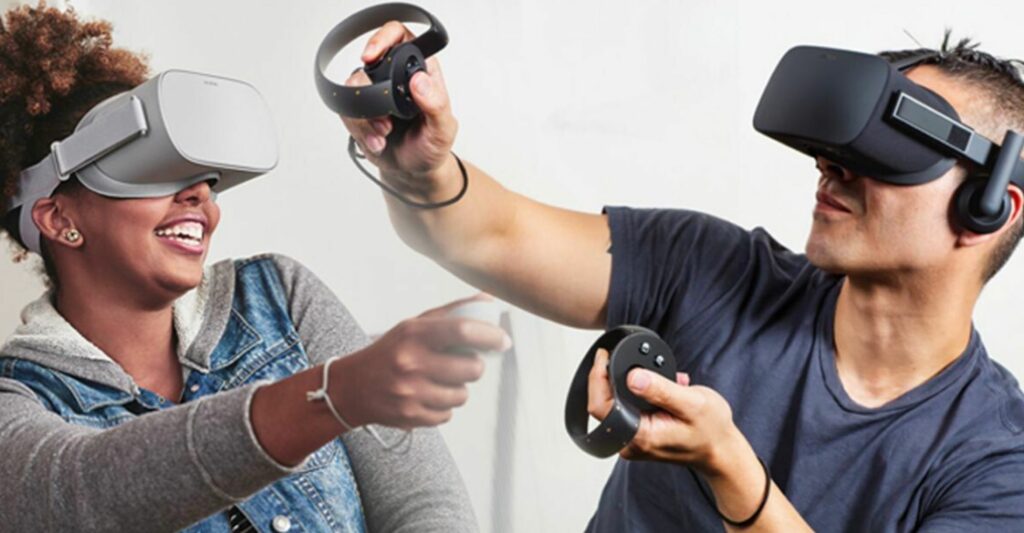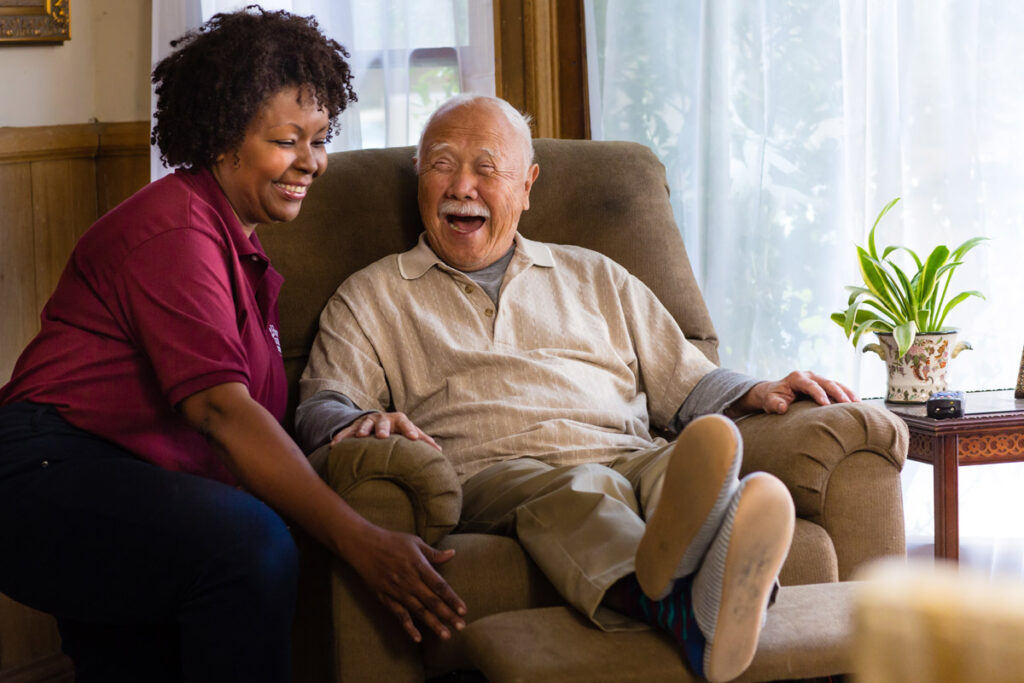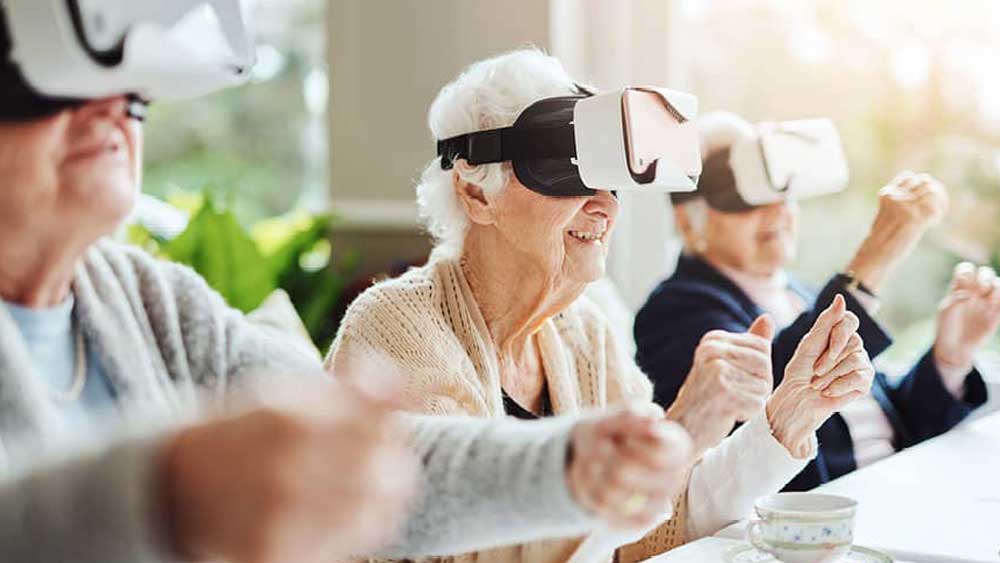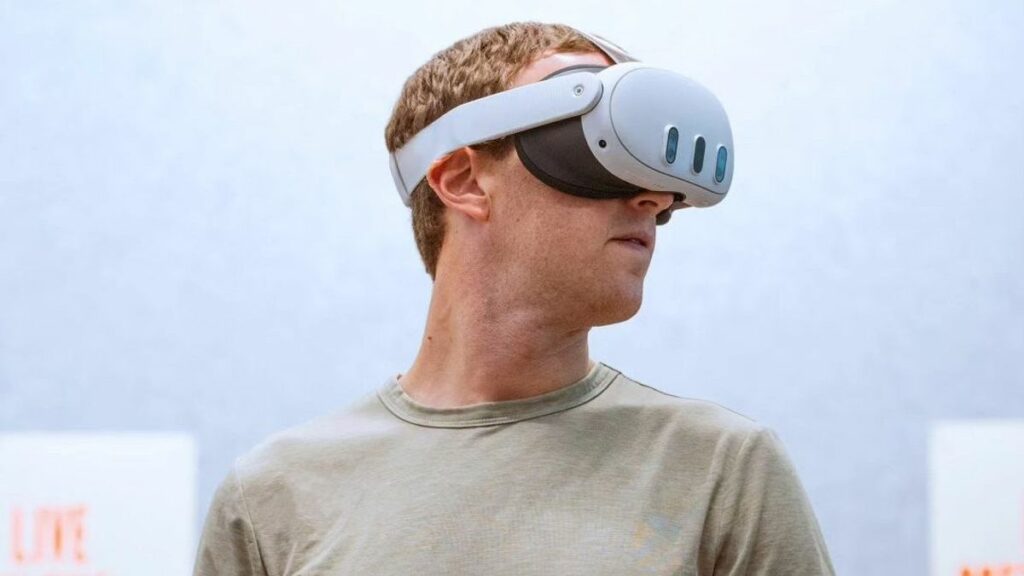Residents at Citrus Place, a retirement community, engage in a weekly 30-minute virtual reality session, offering them a unique and immersive experience. The virtual reality (VR) activity, popular among older adults, provides a range of experiences from hot-air balloon rides to safaris and grocery store visits. The voluntary sessions have shown positive results, with participants expressing enjoyment and excitement.

Maribel Echeverria, the director of wellness programming at Citrus Place, notes the positive impact of VR on residents, particularly those who might not typically participate in other activities. She shares a story of a military veteran who, despite not actively engaging in other events, finds joy in the virtual experience, as it allows him to explore the world virtually.
In the broader context of VR adoption, the technology has faced lukewarm enthusiasm from consumers, with a slight decline in device shipments in recent years. However, VR is gaining traction in senior living facilities across the United States, providing therapeutic and social benefits to older adults. Companies like Rendever, specializing in VR for older adults, have partnered with over 500 organizations, highlighting the growing interest in utilizing VR for elder care.
The use of VR in senior living addresses concerns related to loneliness, depression, and isolation, which are prevalent among older adults. Before the pandemic, a significant percentage of adults aged 50 to 80 reported feeling isolated, and the numbers increased during pandemic restrictions. Loneliness poses a substantial health risk for older individuals, and factors such as mobility and hearing loss exacerbate the challenges.

VR has proven to be an effective tool for fostering social connections and providing a sense of exploration for older adults. The technology’s relatively intuitive interface makes it accessible for seniors, and studies suggest benefits in areas such as memory, mood improvement, and loneliness reduction.
The implementation of VR in senior living facilities has been met with positive responses. At Citrus Place, residents have embraced VR activities, including flight simulators, beachside meditations, and virtual travels to places like Japan or childhood homes. The diverse range of virtual experiences offers a subscription-based, never-ending array of possibilities, ensuring continual engagement.
Studies, such as one conducted in collaboration with MIT’s AgeLab, indicate that seniors using VR, particularly through programs like Rendever, experience reduced depression and isolation compared to control groups. However, the success of VR programs in elder care relies on the dedication and patience of caregivers who guide residents through the virtual experiences.

As the ageing population grows, the elder care industry faces challenges, including a labour shortage in caregiving. Future caregivers may have limited time to facilitate VR experiences, but technology could play a role in keeping residents engaged when staff members are not available. VR and chatbots could offer alternatives to maintain residents’ connection with loved ones and provide stimulating activities without caregivers.
While VR’s future in elder care remains uncertain, proponents envision possibilities such as an “elderverse,” a shared virtual space designed specifically for older adults. However, considerations for privacy and safety are crucial as the industry explores the potential of VR in elder care. Establishing clear privacy rules and standards for healthcare products, especially for older adults who may face challenges in evaluating policies, becomes essential.
Researchers emphasize the importance of studying VR’s benefits and drawbacks in elder care. As the industry strives to demonstrate the positive impact of technology, there is a need for transparent privacy regulations to safeguard sensitive biometric data from various entities.

Jeremy Bailenson, a leading expert in virtual human interaction, suggests a realistic approach to VR usage in elder care. Not advocating for prolonged use, he envisions short bursts of VR experiences that residents can enjoy and discuss with peers. The diverse nature of the senior population requires tailored approaches, with VR potentially revolutionizing fields like geriatric physical therapy through engaging visuals and real-time biometric feedback.
In conclusion, while VR adoption among older adults faces challenges, the success observed in facilities like Citrus Place demonstrates its potential to enhance the lives of seniors. The balance between engagement, privacy considerations, and tailored usage will determine the role of VR in reshaping the future of elder care. As technology continues to evolve, seniors like Sherri Izzi from Citrus Place encourage others to embrace new experiences, providing an optimistic outlook on the possibilities offered by VR in the realm of elder care.







